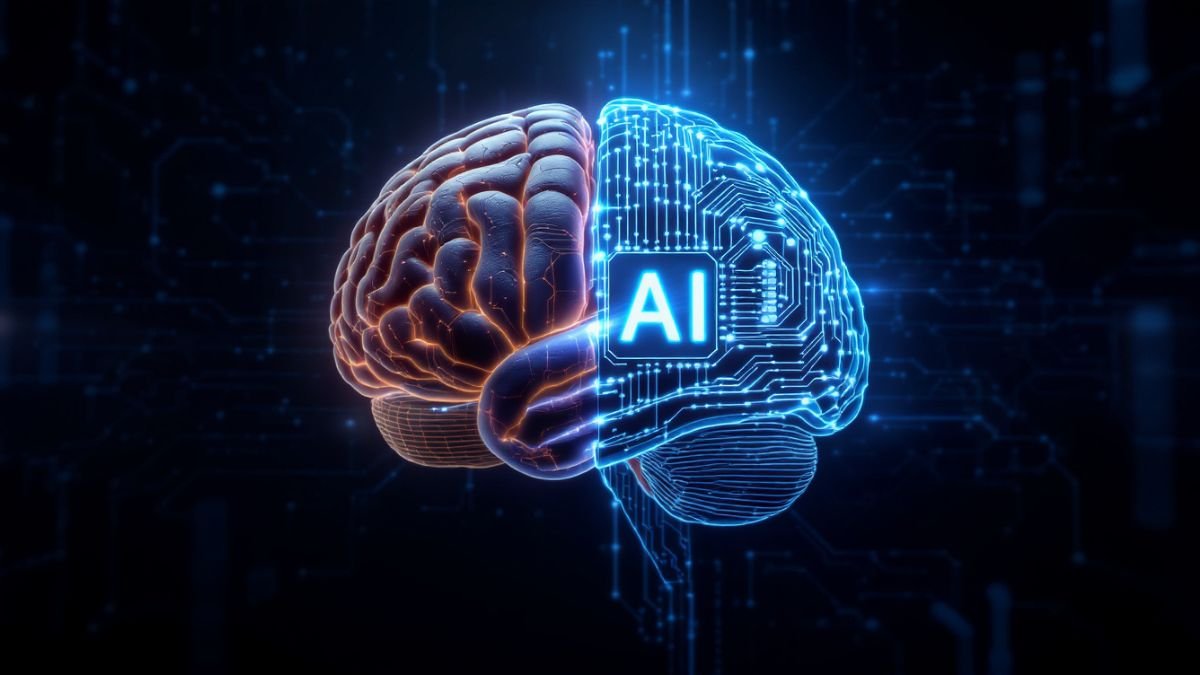
The rise of artificial intelligence has hit practical limits under current scaling rules. Teams now seek smarter designs that mimic how the human brain organizes thought.
A recent paper in Patterns by Ge Wang and Feng-Lei Fan proposes adding a “height” dimension inside layers. This idea uses intra-layer links and feedback loops to enrich computation without simply growing width or depth.
Why it matters: the proposal aims for more energy-efficient, interpretable models that can reason with fewer resources. It responds to 2024 evidence that longer training times and larger size no longer guarantee gains.
The plan builds on decades of neural networks research and the legacy of Hopfield and Hinton, whose work helped shape modern breakthroughs. Readers who want to read full details will find the study lays out practical steps toward humanlike intelligence and clearer model behavior.
Why brain-inspired designs matter now in artificial intelligence
With return-on-investment from sheer scaling waning, architects now probe structure over scale. The transformer ceiling has become an engineering constraint: larger models and more training data no longer deliver steady leaps. That slowdown drives interest in better internal organization.
From scaling limits to structured complexity: the transformer ceiling
Structured complexity means purposeful wiring inside layers, not blind growth. Research in 2024 showed that adding parameters and data hit diminishing returns. Engineers face challenges in stability, long-range dependencies, and generalization without huge compute budgets.
Thinking in three dimensions: width, depth, and the “height” leap
Ge Wang’s city-building analogy helps. Width is rooms per floor, depth is floors, and height adds hallways that let rooms talk. Height adds intra-layer links that mimic lateral cortical connections and enrich local computation.
This design focuses on how neurons route information so models can reason with fewer parameters. The goal is a more efficient system that keeps or improves function while cutting reliance on ever-larger scale.
New brain-inspired AI: adding a “height” dimension to models for humanlike reasoning
Researchers are exploring structural changes inside layers to bring models closer to human reasoning. Wang and Fan’s new study shows how wiring within a layer can act like cortical lateral connections and enable richer local computation.
Intra-layer links as cortical-like lateral connections
Intra-layer links let neurons in the same layer exchange information directly. This boosts the quality of local function without widening or deepening the network. The result is denser computation per parameter and clearer internal dynamics.
Feedback loops for memory and iterative refinement
Feedback loops feed outputs back as inputs over time. That framing supports short-term memory and sharper perception. A model can refine a noisy face or an ambiguous sentence by iterating until the output stabilizes.
Phase transitions and intuition-like behavior
The study borrows a physics view: phase transitions describe how a system shifts from vague to confident patterns. As context accumulates, the model crosses thresholds and settles into meaningful states, producing intuition-like outputs.
Practical gains: this design promises smarter, more energy efficient systems with greater transparency. It could provide tools to probe cognition and may aid research into neurological disorders. Read full details in the Patterns paper for implementation cues.
Oscillations and long-horizon learning: LinOSS and rhythmic sharing come to the fore
Oscillatory principles are emerging as a practical route to stable, long-horizon sequence learning. Two teams of researchers translated rhythmic dynamics from physics and biology into machine learning systems that track very long data streams.
MIT CSAIL’s LinOSS
LinOSS is a type of linear oscillatory state-space model introduced by T. Konstantin Rusch and Daniela Rus. The method draws on forced harmonic oscillators seen in physics and neural rhythms in biology to keep predictions stable across hundreds of thousands of steps.
LinOSS provides universal approximation for continuous, causal sequence mappings and avoids brittle parameter choices that break many models. In benchmarks it beat strong baselines, nearly doubling performance over Mamba on extreme-length tasks while remaining computationally efficient.
The work earned an ICLR 2025 oral spot and broad support from funders such as the Swiss National Science Foundation, Schmidt AI2050, and the U.S. Department of the Air Force AI Accelerator. Applications span health-care analytics, climate forecasting, autonomy, and finance.
UMD’s rhythmic sharing
At the University of Maryland, Wolfgang Losert and Hoony Kang developed “rhythmic sharing,” a training method that syncs models with neural rhythms. The approach helps flag early warning signals in domains like cancer and climate.
The method won UMD’s overall Invention of the Year Award at Innovate Maryland, highlighting how teams and scientists are converging on oscillation-based approaches. Together, LinOSS and rhythmic sharing show that modeling temporal structure can boost prediction in data-rich settings where early, stable signals matter.
Conclusion
A tighter focus on internal wiring offers a practical path to smarter, more efficient systems. The height dimension and intra-layer links from the study, paired with oscillation methods like LinOSS and rhythmic sharing, show how models can learn over time with less compute.
Researchers and teams can use these ideas to build systems that track long signals in health and climate, and to make decisions that are easier to inspect. This work draws on physics, biology, and neural networks to shape function that looks more like the human brain when useful.
Progress will need community trials and robust research. Read full papers to follow how this innovation matures and how models and systems evolve in real life.



